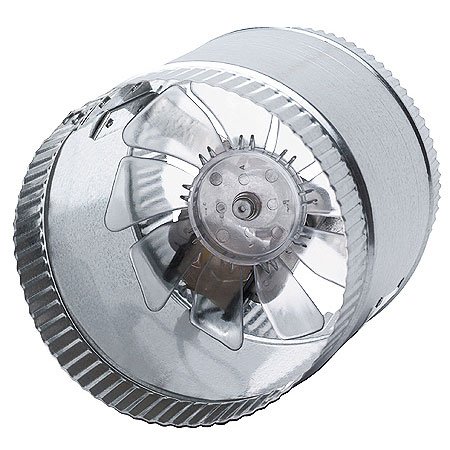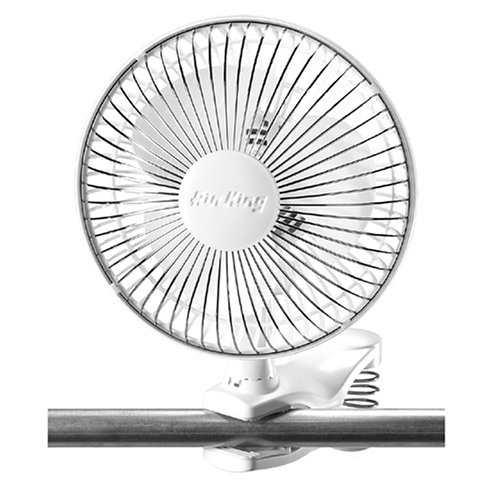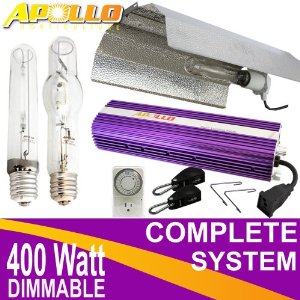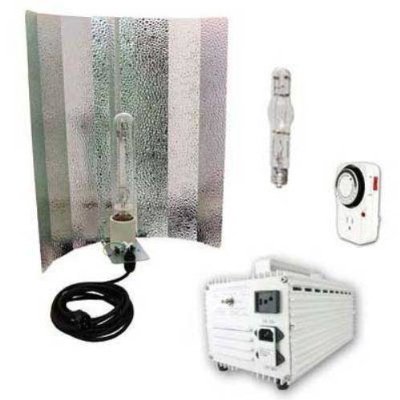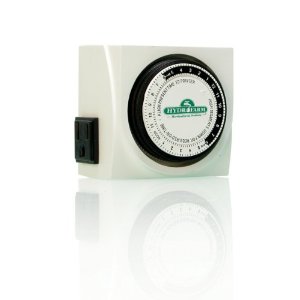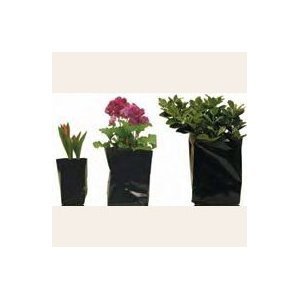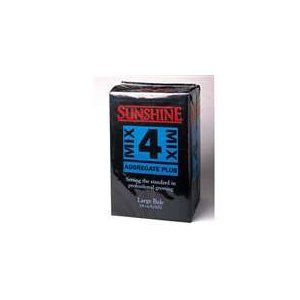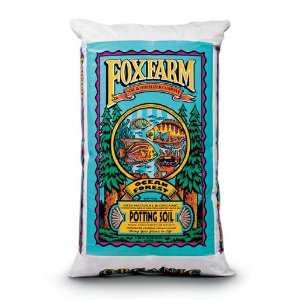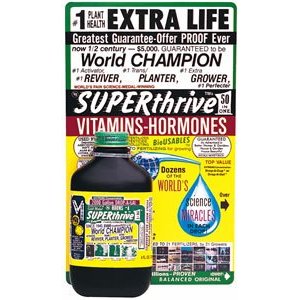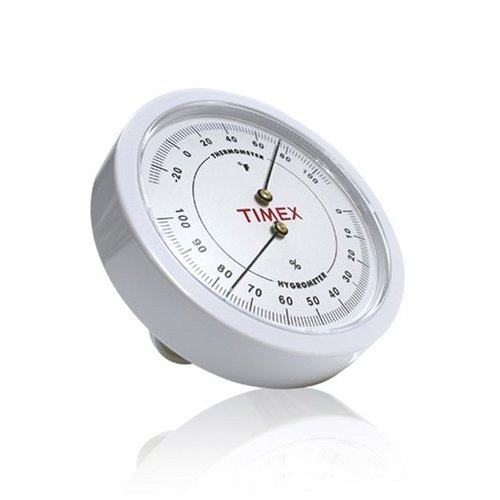I thought I’d take a minute to list all the equipment necessary to start a grow room indoors. Many people are surprised to learn that setting up a beginner’s grow room indoors is neither complicated nor expensive. I’m sharing this information to encourage medical marijuana patients (and anyone else that can legally grow marijuana) to grow their own medicine, saving themselves money and spreading a helpful and important skill.
Growing space:
- A personal grow room does not require much space, especially if clones are purchased instead of grown in a separate grow room. A space about two feet deep, three feet wide and four feet tall should be adequate to provide most patients with all the medicine they need.
- The grow room needs to be sealed from light. Re-purposing or building a cabinet works well, as does growing in a closet.
- Make sure that whatever surface the plants will be setting on is able to drain into a container that can be easily emptied, as some drainage during watering should be expected and is actually good for the plants.
Ventilation:
- Ventilation is extremely important in grow rooms. Whenever possible, a duct fan should be used to remove the warm, humid, oxygen-rich air from the grow room and force it to either recirculate through the home or be expelled outside.
- New air must be allowed into the grow space without letting light through. A small (four to six inch) fan should be used inside the grow room to keep the air moving around at all times. This deters pests and encourages stronger stems.
- Duct fans cost from $30 to $200, and small circulation fans cost from $5 to $30.
Lighting:
- For a personal grow room I recommend buying a four hundred watt high pressure sodium lamp. This is the largest investment in growing, but as long as you know which light to buy the first time it is still just a small investment.
- A ballast, cord, and reflector (all necessary) can be purchased together at most grow shops, and there are even models that have all three of these components built together.
- An economical yet complete and reliable four hundred watt HPS system (includes ballast, cord, reflector, lighting, and bulb) can be purchased for around $135 to $160. Replacement bulbs cost around $40. An expensive, comparable setup could cost as much as $500, and expensive bulbs are available for around $90.
Supplies:
- A timer with at least one grounded outlet is necessary to regulate the day/night cycle, which cost from $10 to $30. I recommend against digital timers, because they do not turn themselves back on after a power failure.
- Containers and soil (or one’s own preferred growing medium) are needed for planting. Containers for small to medium sized plants (one to three feet tall) should be three to five gallons. Containers cost from $0.50 to about $12 each, though decorative planters and hydroponic setups cost considerably more.
- Use a high quality soil-less mix or organic potting soil, available at grow stores and some high quality garden centers for about $40 per bale.
- Organic fertilizers (aka organic nutrients) are the best and most eco-friendly way to feed your plants. High quality organic fertilizers are available at good prices, just watch out for any brand that wants you to buy more than 3 different products from them. These multi-part fertilizers are not bad in any way, they just get incredibly expensive and more affordable options are available. Organic fertilizers cost from $30 to $100’s of dollars for everything you need, depending on the brand.
- Hygrometers (a thermometer and barometer together) are extremely helpful for making sure the air in the grow room is at an acceptable temperature and humidity (67 to 75 degrees F, 30% to 60% humidity) and cost as little as $6.
Grow Room Equipment Summary
So, the total cost of an economical setup would be around $310. For simplicity I provided all sample items from Amazon, but absolutely price shop. Also please keep in mind that most grow store employees will help you find what you need, but they will often try to sell you the most expensive version of what you need. Many patients spend more than this every month on medication, and many of them struggle very hard to do so.
Making an investment in a small personal grow space can bring the cost of your medication down to just the cost of the electricity, water and nutrients used to grow the plants, and the cost of the plants themselves. Now go get your equipment and get growing!









